10 Sep Using colour in the garden
In this blog we’re talking about using colour in the garden for practicality as well as aesthetics.
Your garden should be as much a reflection of your personality as your living room or your bedroom but colour is so more than just a display of your favourite hues. A garden designer uses colour in the garden as a tool to make an entire garden not just attractive, but more usable too. Contrasting colours can be used to highlight features whilst matching colours can disguise unwanted details. Where somebody is visually impared, contrast can help them to navigate around the garden and the same applies to people who have difficulties with visio-spacial awareness.
When the team at Tapestry Design Studios are working on a garden plan we consider colour at every stage of the garden design process. We use it for optical illusion – to make a space seem larger or more intimate. We use it to lead the eye away from an unwanted view or to draw visitors towards a particular feature. Contrasting colours at the edge of a patio can be used to remind you where the steps are. Whilst graduated hues and tones can be used to add depth and form to a border.
Colour in a garden is about harmony. Harmony is a sense of order, it’s pleasant to look at but at the same time it’s engaging. If a garden is not harmonious it is either bland or chaotic. Not enough interest and the brain gets bored quickly. Too much colour and the sensory overload is so great that the brain can’t interpret what it sees
Let’s look at a range of garden features and understand how our garden designers think about colour in the garden.
Ground level basics – garden flooring
Until you come to design a garden you probably don’t give a second thought to the colours beneath your feet. But they are important. Very often the driveway, patios and paths are the most expensive part of a garden and the most difficult to replace. A properly built patio could well outlive you and it may well need to adapt to different planting styles as your taste changes. It might even meet more than one owner in its lifetime too. So choose wisely.
Modern landscaping materials are available in a cacophony of different colours and designs. Patio slabs for example could be natural stone, porcelain or basalt. There are so many different colour shades to choose from too. It’s like choosing carpet. There’s no such thing as “just neutral”.
Maybe consider using the colour of the patio to reflect another part of the building. The roofing slates or maybe the window frames. Believe me, an icy blue marbled patio doesn’t look good with cream coloured door frames.
A fine example of using colour in garden flooring. This path has been constructed using tiles of contrasting colour. But look how they match the gate, the rendering on the house and the gravel path. The grey-blue of the door tones beautifully with the slate coloured tiles.
This striking black basalt patio fits well with the colour and style of the garden. Notice the strong contrast between the dark coloured patio and the light coloured steps. It’s really clear where the patio ends and the steps begin.
A simple colour scheme but again, notice how the steps between terraces are accentuated with a contrasting colour
Buildings and Fences
The beauty of garden buildings and fences is that you can change the colour of them relatively inexpensively. Nevertheless it’s hard work and you won’t want to be doing that every season so again, choose wisely.
Before and after – how changing colour in the garden can alter the ambience
In our blog about small gardens, we talked about the rule of 3 . The rule of 3 is what helps to bring harmony to a garden.
Try to avoid more than three contrasting things for each element of the design. So for “flooring” you could use crème pavers, natural timber decking and some pea shingle. For colours, avoid using the whole rainbow. Pick 3 colours and stick with them. Maybe a dark charcoal, a sage green and a deep purple.
If you are new to garden designing, you might find a colour wheel really useful. It shows you which colours go well together ie create harmony and which colour combinations are harder to look at.
Lighting for colour in the garden
Lights can completely change the appearance of a garden. As soon as the sun starts to dip behind the horizon, you can introduce a whole new colour scheme. You can highlight features that are less significant in the daytime. Perhaps by uplighting trees or illuminating a water feature.
Coloured lights can help you to avoid tripping down steps or straying off the garden path on your way home from a night out. You can even change the ambience in your garden during the course of an evening, you can change the colour of the lighting. One system even lets you do that from a phone app!
Flowers and Foliage
Once again, I’ve changed the best til last. The joy of plants is that most of them change their appearance with the seasons. Even the evergreens look different as the light quality changes and shadows are formed. And, if ever you get tired of your current colour scheme, you can ring the changes with a new planting plan.
When you are devising your planting plan think about every season of the year. What will each plant be doing? Do the three plants that look fabulous together in spring still look as good when they are wearing their autumn colours?
Don’t forget that autumn berries are a fabulous source of colour, so are spring flowering bulbs.
Visiting other gardens will help you to decide which plant combinations look best at different times of the year. This phlox and solidago combination was pictured in midsummer.
The world of plants is huge and fascinating and lovely. In this part of the country we really are spoilt for choice with what will grow in our gardens. And the garden centres are simply bursting with coloured pots, furniture and accessories to make your plants look even better. If you are feeling a bit lost and don’t know where to start, why not book a consultation with one of our garden designers? We can help you to gather your thoughts and set you off on the right path to designing your own garden.
More about our garden design inspiration packages
You might also enjoy
Key factors in good garden design




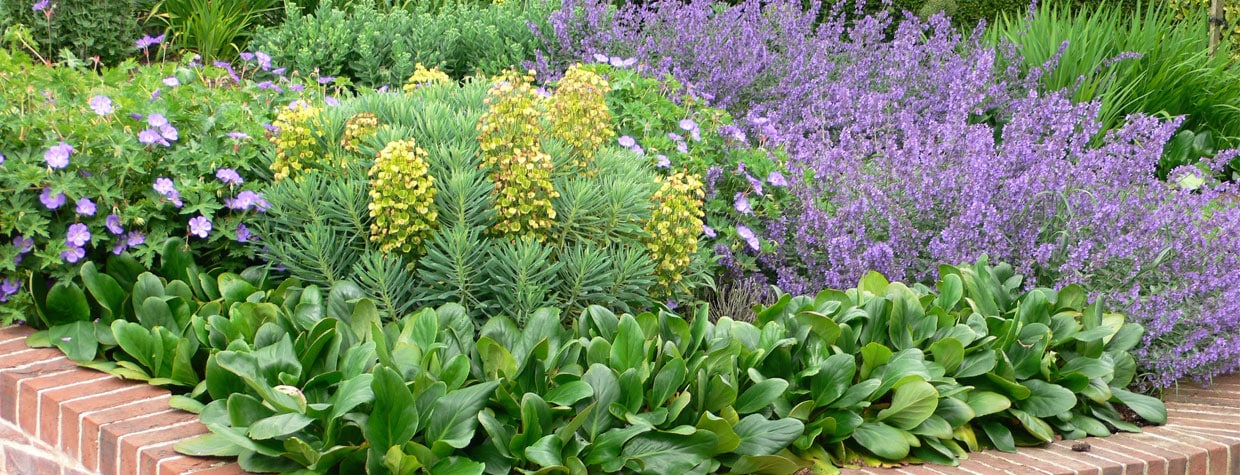
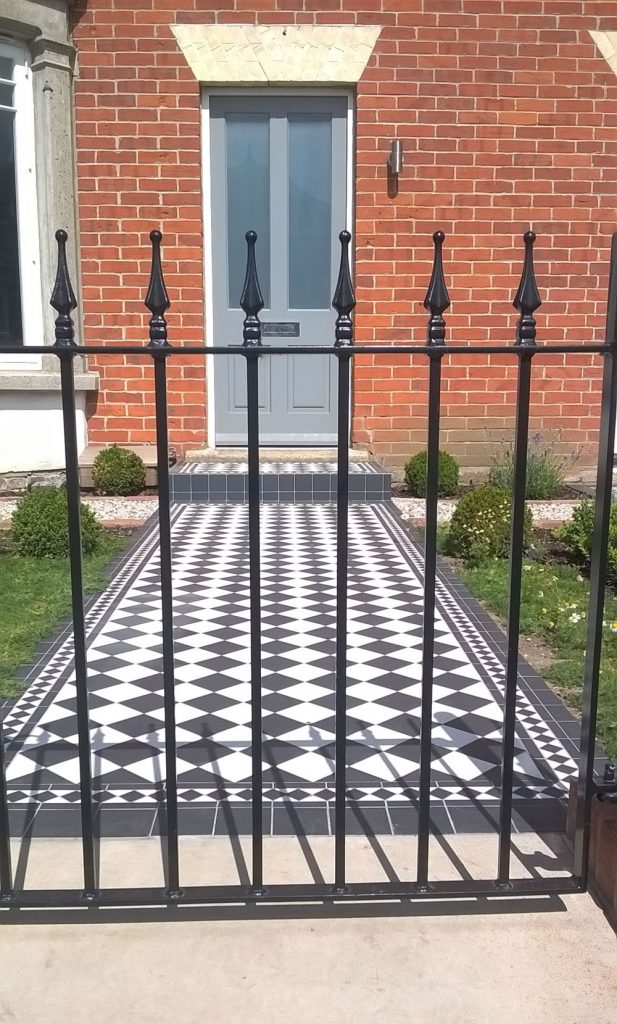
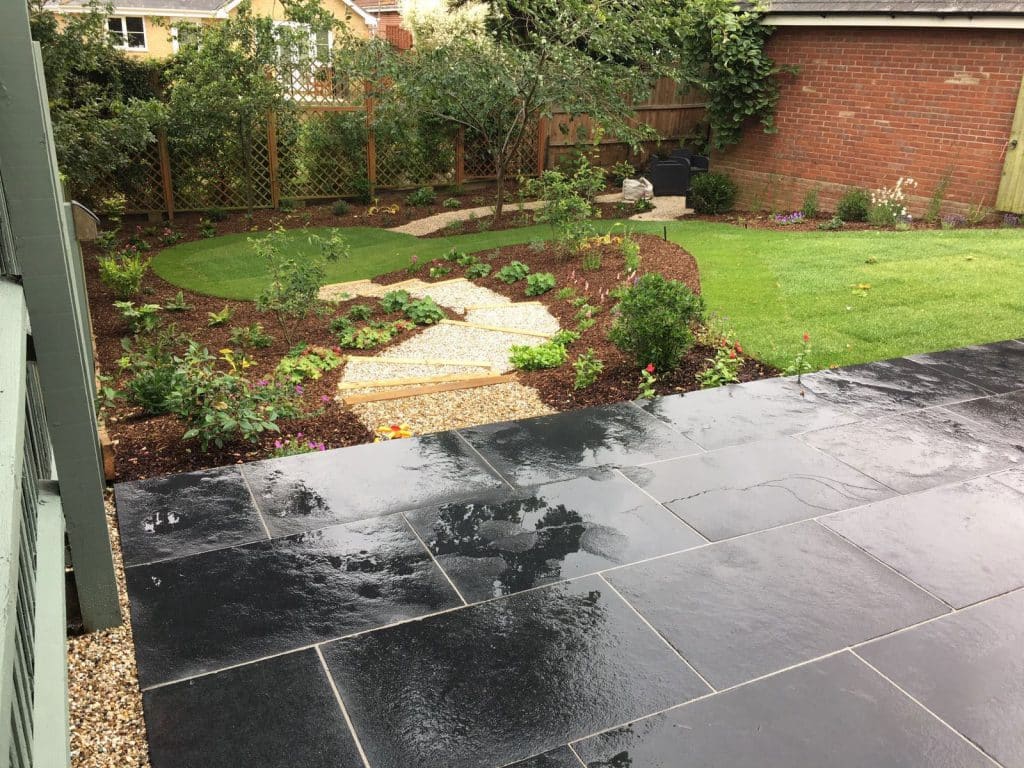

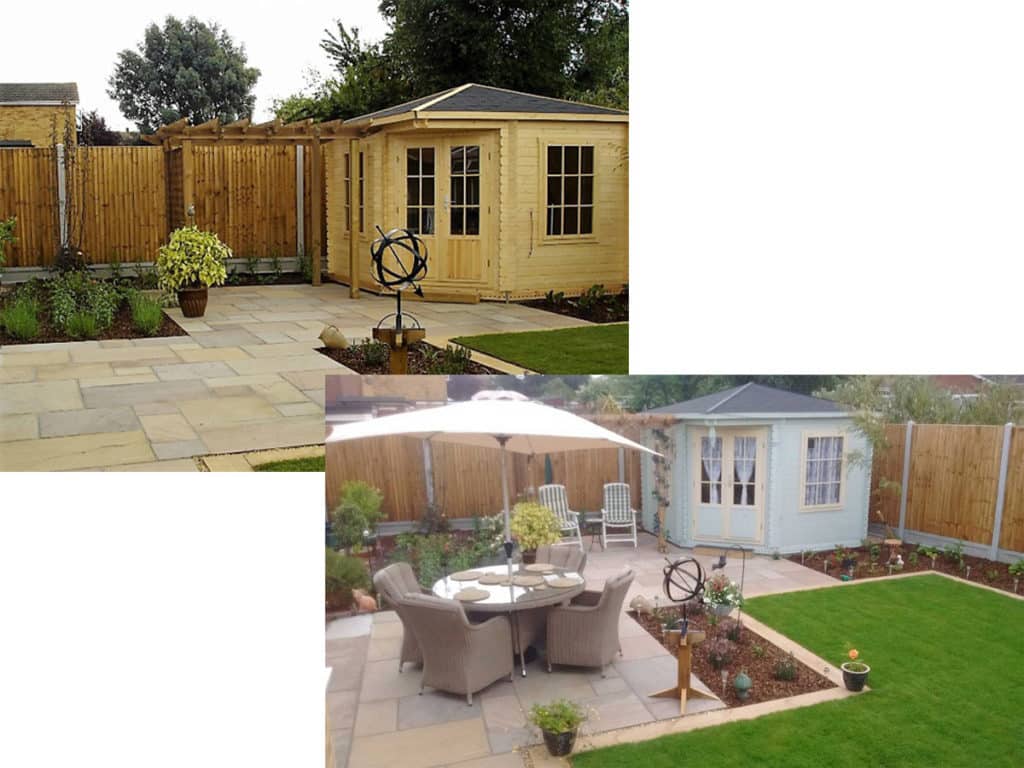
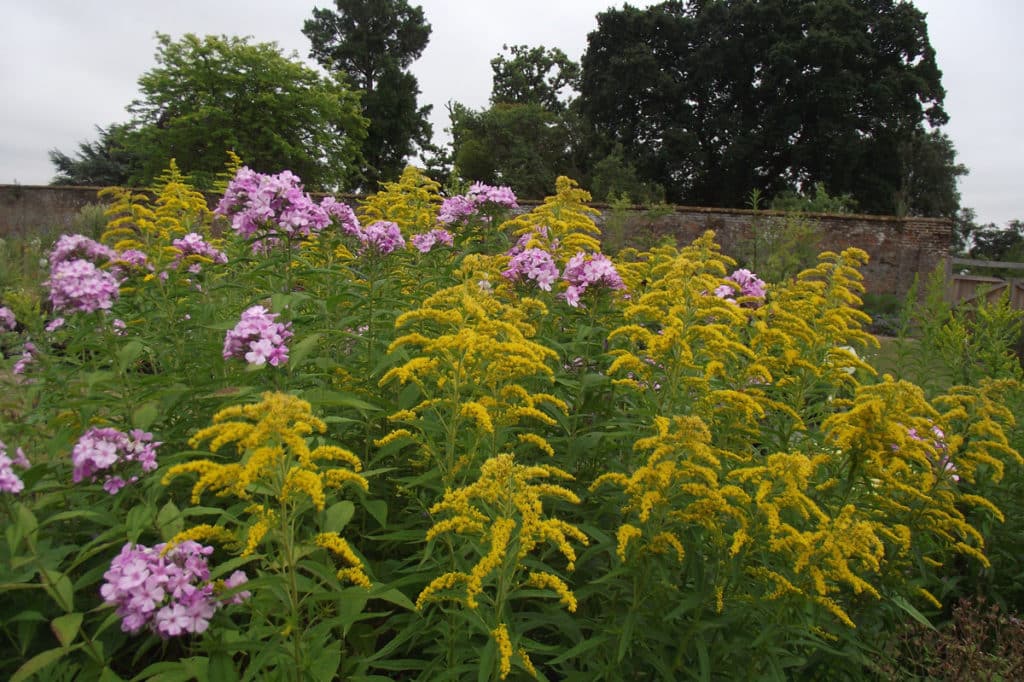
Sorry, the comment form is closed at this time.